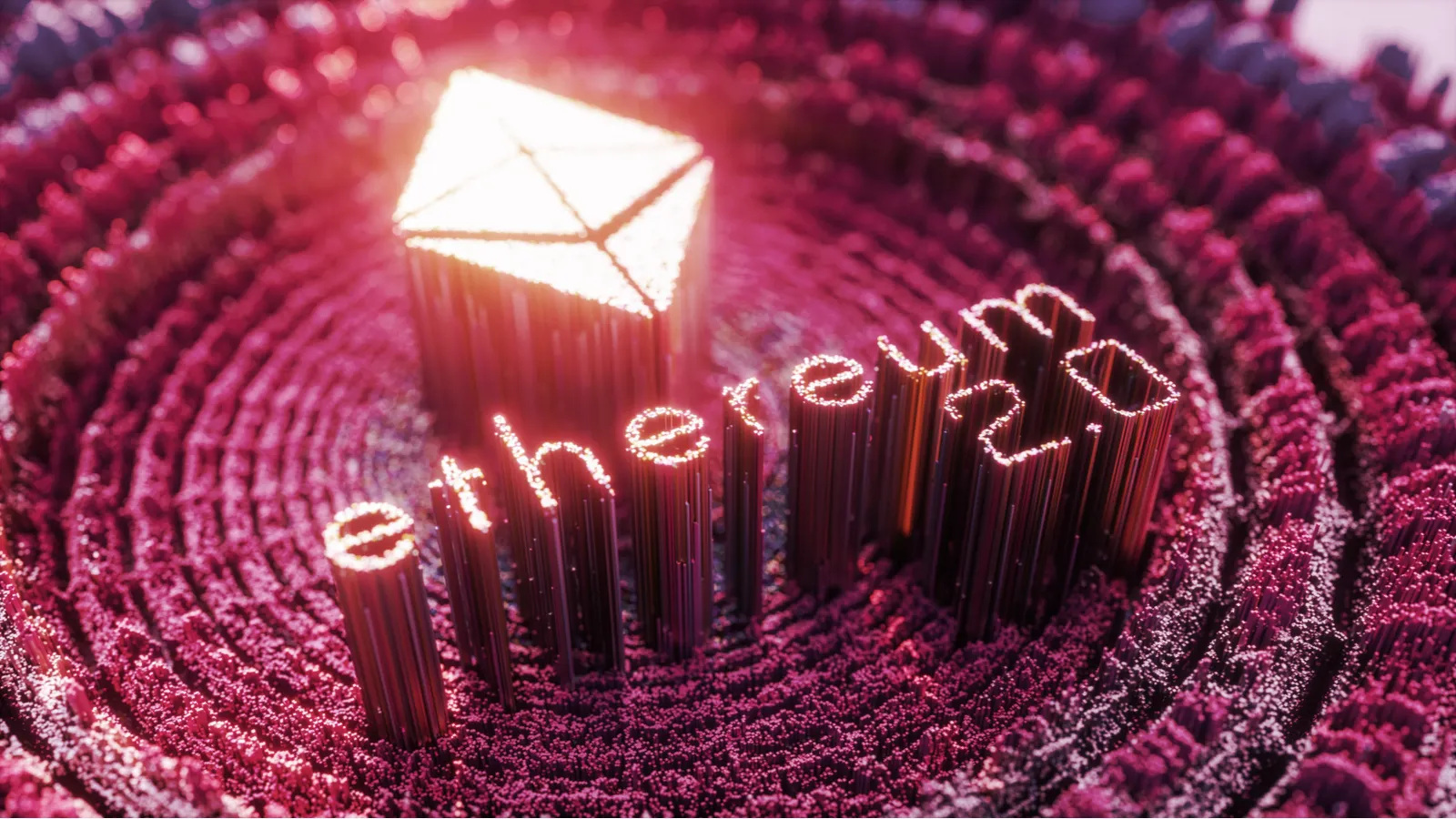In brief
- Ethereum developers have released several short-lived testnets to experiment with the merge.
- The release of this "longer-lived public testnet" should be one of the last steps before Ethereum 2.0 is functional.
Ethereum developer teams have been hard at work preparing for Ethereum 2.0, the proof-of-stake platform designed to make the blockchain's transactions faster, cheaper, and less energy-intensive.
But while ETH2 isn't ready quite yet, its first major testnet is, providing the public with a look into how the network may soon function.
Tim Beiko, who coordinates the Ethereum core developers, announced the Kintsugi testnet today on the Ethereum Foundation blog. Kintsugi is a Japanese word for using gold to repair broken objects without attempting to hide the damage; the word evokes a sense of transparency about something's history.
While the Ethereum network in its current state isn't broken, it is a victim of its success. After pioneering decentralized finance applications, NFTs, and even blockchain-based games, network transaction costs are scaring off some users. Swapping assets on a peer-to-peer basis or bidding on digital collectibles on-chain requires part of the network's energy—to push transactions through relatively quickly, people must pay higher fees or wait until there's less activity on the blockchain.
Ethereum 2.0 solves for that. It moves the network from a proof-of-work system like Bitcoin's, which has "miners" validate transactions, to a proof-of-stake system that lets people secure the network by locking up some of their ETH into the protocol. While both miners and stakers get rewards, Ethereum's proof-of-stake system also scales up the space available on the network.
Developers have already made strides toward Ethereum 2.0.
Phase 0 of the upgrade went live last December with the launch of the Beacon Chain, which will eventually be used to bridge the current network to the new one. And billions of dollars in ETH have already been staked to the new network.
To prepare for the merge, developers have introduced four short-lived testnets designed to simulate how the network will work once it goes to proof of stake. Kintsugi is here to stay, however, and designed not just for in-the-know developers to use but all members of the public.
"Although client development and UX continue to be refined, we encourage the community to start using Kintsugi to familiarize themselves with Ethereum in a post-merge context," wrote Beiko.
Most are hoping that things are in good enough shape to make "#testingthemerge" a quick process, so that other testnets—such as Görli and Rinkeby—can be used to simulate the transition.
"Once these have upgraded and are stable," Beiko wrote, "next up is Ethereum mainnet’s transition to proof of stake."
Daily Debrief Newsletter
Start every day with the top news stories right now, plus original features, a podcast, videos and more.

